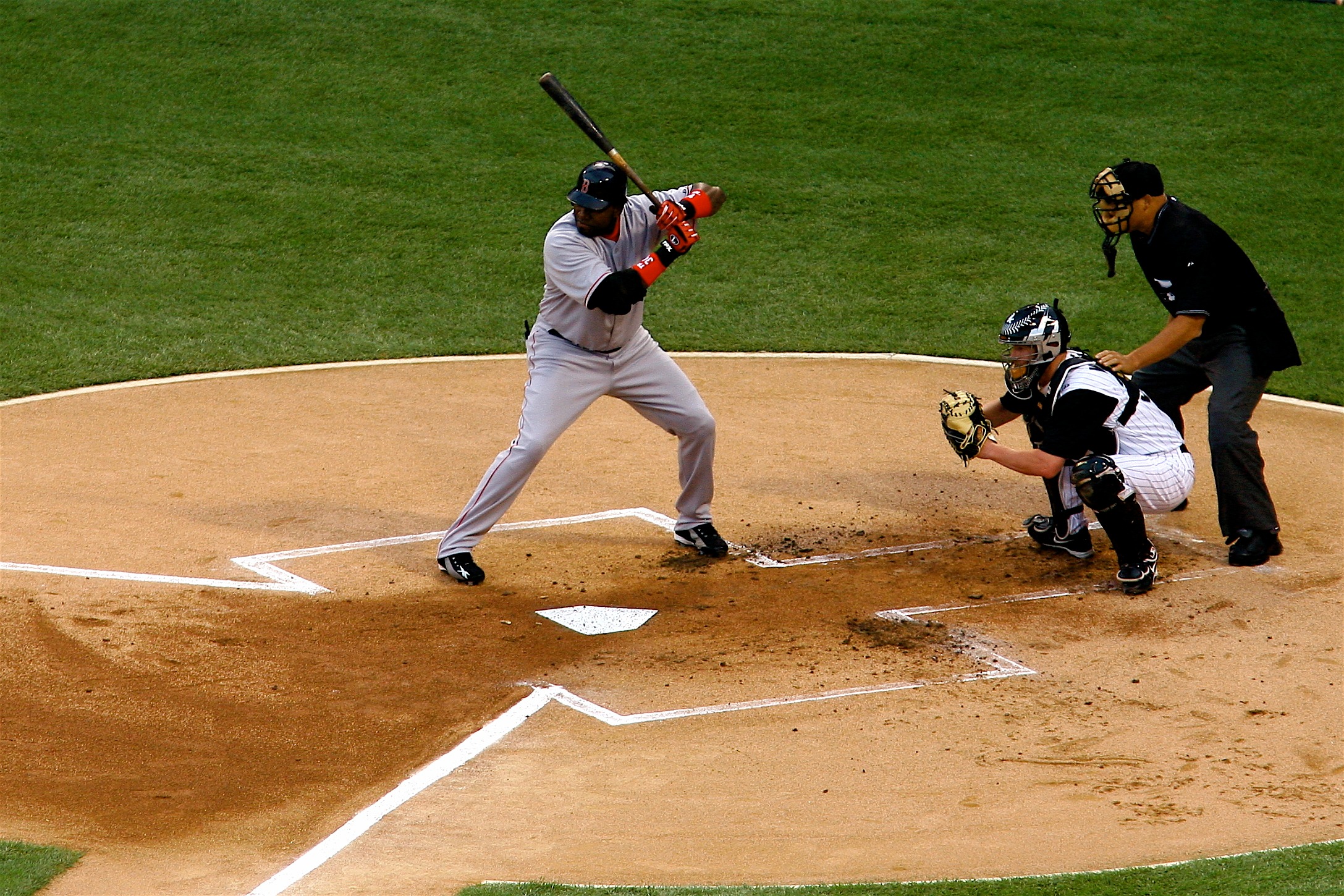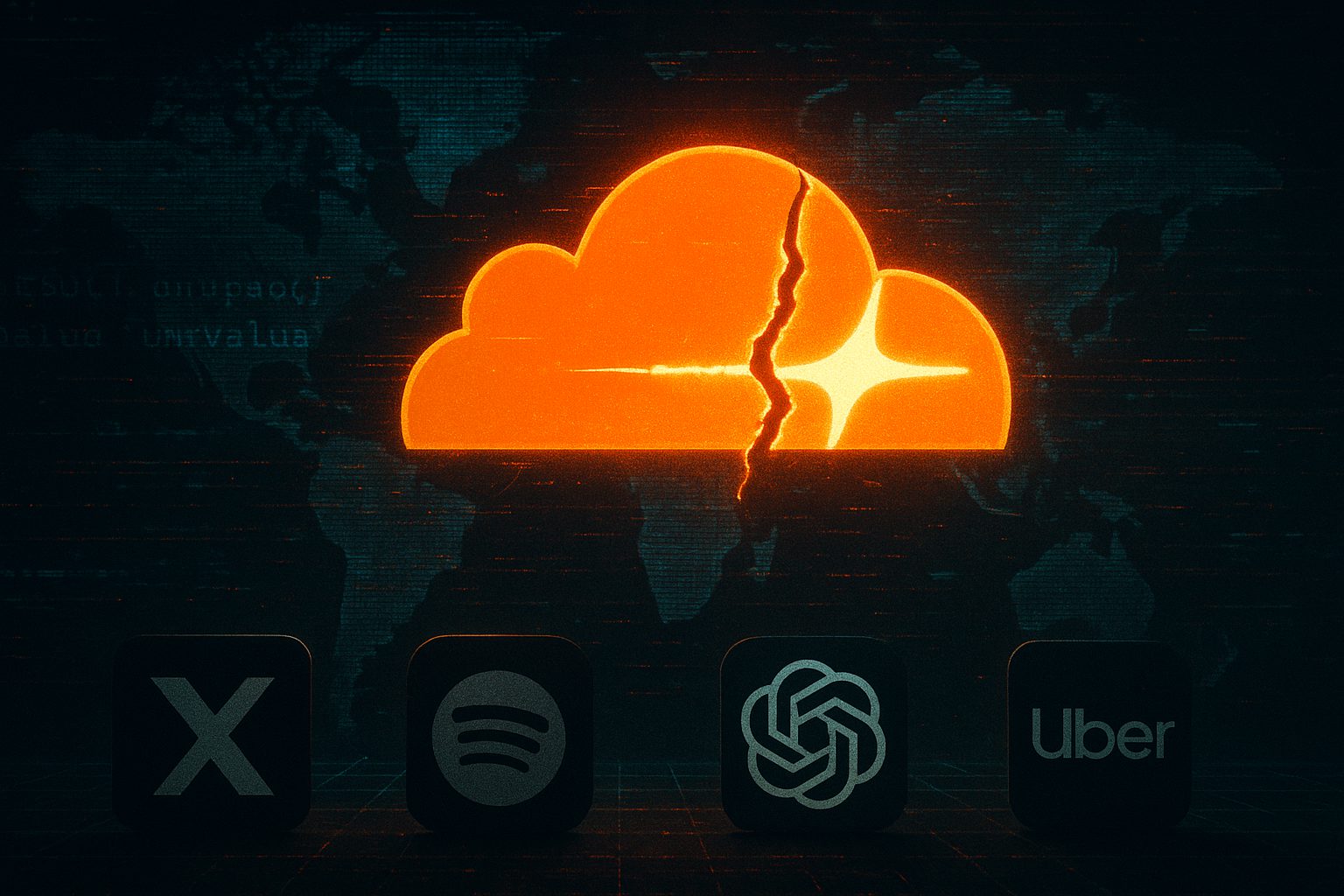Juggling Netflix for shows, ESPN+ for games, and Peacock for everything else? MLB’s new three-year broadcasting deals with all three platforms signal the end of simple sports viewing—and the beginning of something potentially better for your wallet and sanity.
Netflix Steps Into Live Sports Territory
The streaming giant tests live event infrastructure with exclusive MLB moments.
Netflix drops $50 million annually to broadcast Opening Night (Yankees vs. Giants on March 25, 2026), the Home Run Derby, and that nostalgic Field of Dreams game in Iowa. This marks Netflix’s first serious foray into live U.S. sports beyond documentaries, essentially beta-testing whether its infrastructure can handle 270 million subscribers simultaneously losing their minds over a walk-off home run.
The platform also snagged exclusive rights to stream all 47 World Baseball Classic games in Japan—a clear signal that Netflix views sports as its international expansion vehicle. This could affect fans who pay $45+ monthly across three platforms if they want comprehensive baseball coverage.
ESPN Consolidates Your Baseball Streaming
The sports network acquires MLB.TV to create unified out-of-market access.
ESPN extends its 39-year MLB partnership while absorbing MLB.TV’s out-of-market streaming service. You’ll soon access every non-local game through ESPN’s app instead of juggling separate platforms. At $550 million annually, ESPN maintains its stranglehold on national baseball coverage.
Meanwhile, NBC returns to regular-season MLB after a 26-year absence, paying $200 million for Sunday night games and Wild Card playoff coverage through Peacock. This affects cord-cutters who previously relied on free broadcasts for weekend games.
Short-Term Deals Signal Streaming Uncertainty
Three-year agreements reflect rapid experimentation in live sports distribution.
These surprisingly brief contracts suggest MLB recognizes the streaming landscape changes faster than a Shohei Ohtani fastball. Traditional decade-long media deals no longer make sense when platforms like Apple TV+ and Amazon Prime Video aggressively bid for sports content.
Your viewing experience becomes the testing ground for which distribution model actually works—and which platforms can handle the technical demands of live sports without crashing during crucial moments. The bigger picture? This represents streaming’s maturation from binge-watching convenience to legitimate broadcast competition.
As subscription fatigue meets sports fans’ unwillingness to miss games, these multi-platform deals might actually simplify your choices—or create an expensive new normal where following your team requires three different monthly payments.





























